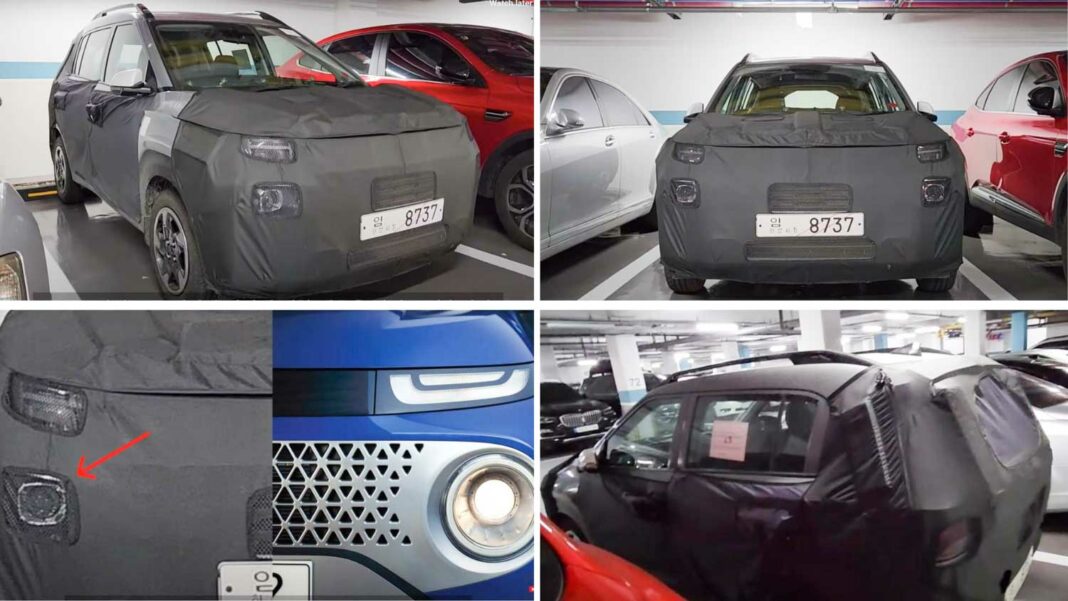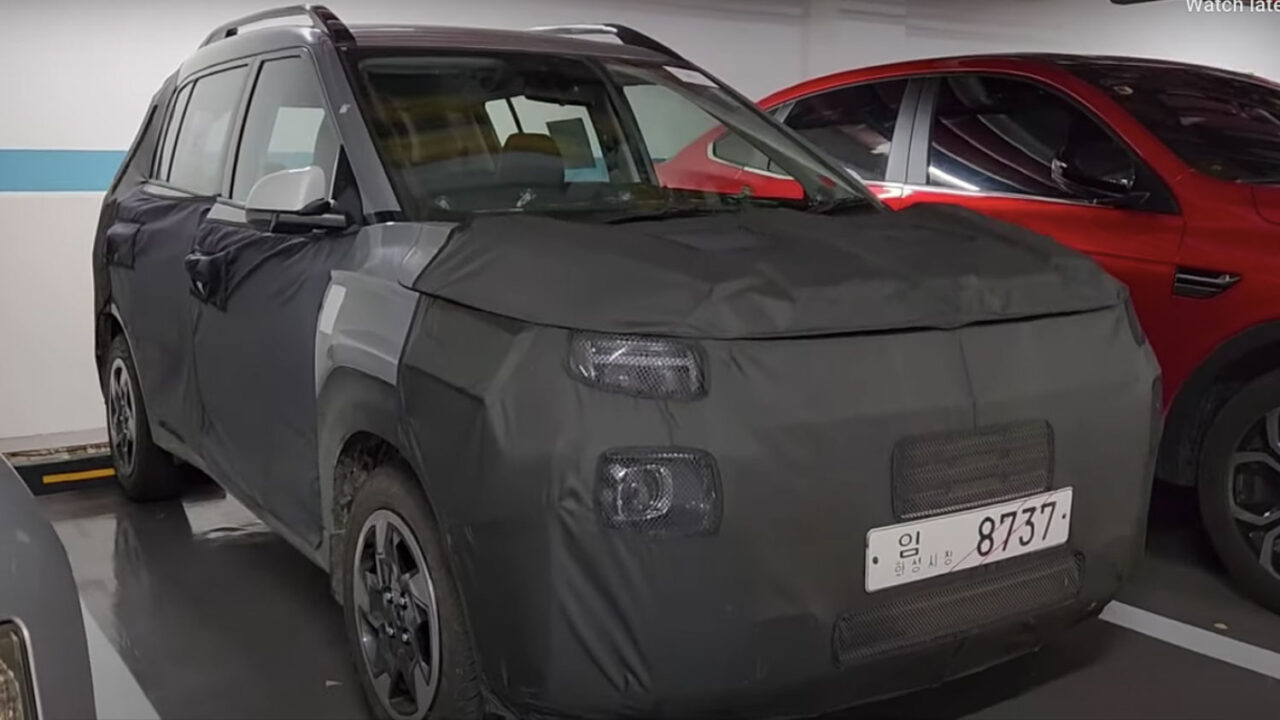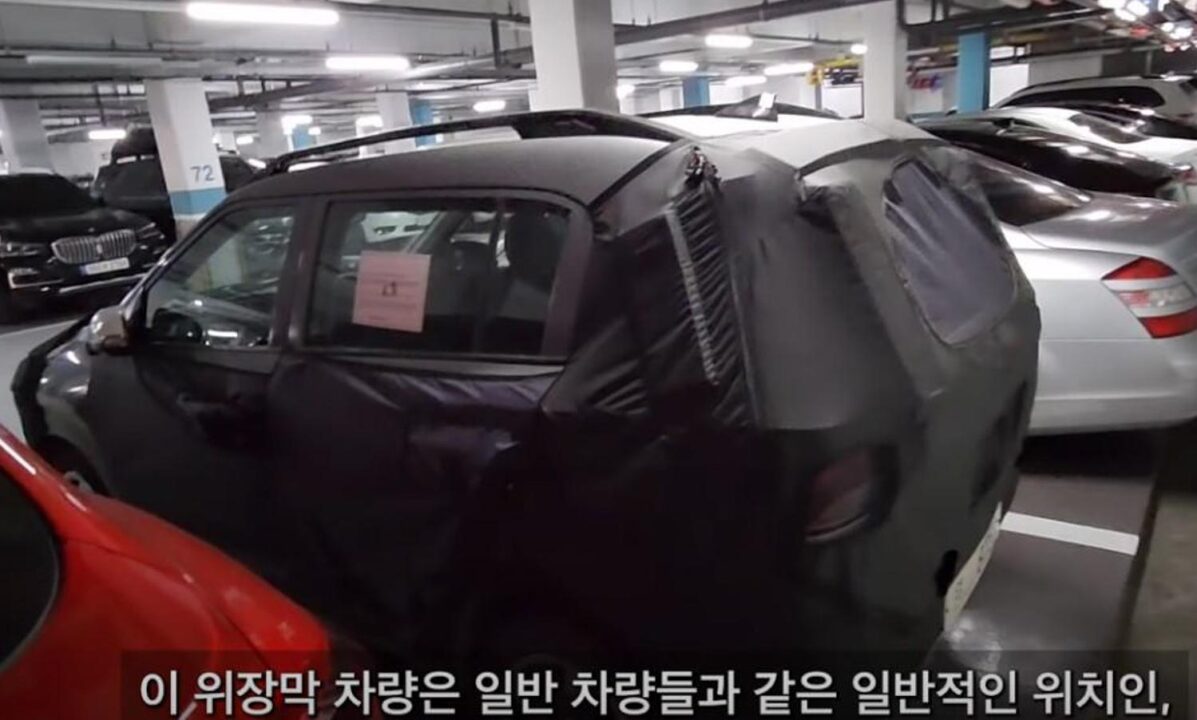
The new Hyundai micro SUV will be offered with a sunroof, LED DRLs, and dual-tone alloy wheels
It’s no secret to anyone that Hyundai is currently working on a new micro SUV to take on the rivals like the Tata Punch and the Maruti Ignis in India. Internally codenamed the Ai3, this new micro SUV is expected to make its debut somewhere in late 2023.
The upcoming Hyundai Ai3 micro SUV was recently spied and here are all the details you need to know about this new Tata Punch rival. For starters, the spy shots reveal that the upcoming Ai3 will be offered with features like a sunroof, LED DRLs, dual-tone alloy wheels, projector lights, roof rails, LED tail lights, and more.
In addition to this, the new Ai3 is also likely to boast a large cascading grille at the front along with prominent body cladding. More details about the overall styling are yet to be known. The Ai3 micro SUV will be based on the same K1 platform that underpins the Grand i10 Nios and the now-discontinued Santro in India.
Furthermore, this new SUV is expected to be slightly longer when compared to the global iteration of the Casper. For those wondering, the Tata Punch measures 2837 mm in length, 1742 mm in width, and 1615 mm in height.
Powering this new micro SUV will be the same powertrain options as the Hyundai Grand i10 Nios. These include a 1.2L NA petrol engine, a 1.0L turbo petrol engine, and a 1.2L Bi-fuel CNG engine. Needless to say, manual as well as automatic gearbox options will be on offer. The 1.2L NA petrol churns out a peak power output of 81 bhp and 114 Nm of maximum torque while the turbo petrol on the other hand delivers 99 hp and 172 Nm of peak torque.
On the features front, the new Hyundai micro SUV is likely to be offered with a large touchscreen infotainment system with Android Auto and Apple Carplay, a semi-digital instrument cluster, automatic climate control, push-button start, remote locking, power-operated ORVMs, and more.








